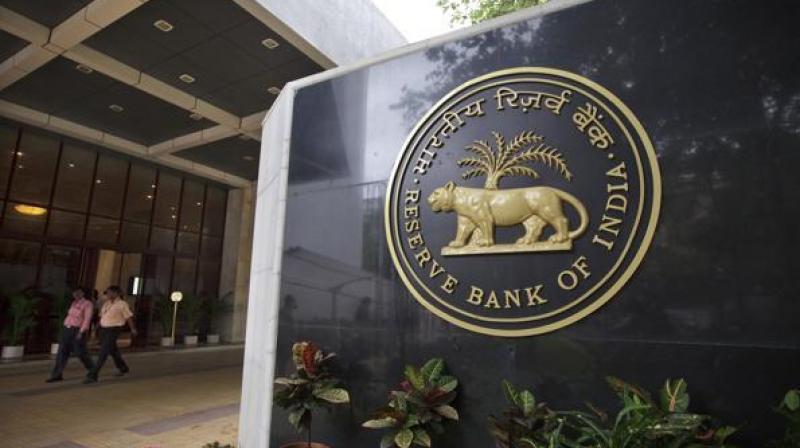Waiting for the monsoon

Potential inflationary trends due to uncertainty over the monsoon, implementation of the Goods and Services Tax, the Seventh Pay Commission’s award and ample liquidity in the banking system after demonetisation saw the Reserve Bank hold its key repo rate (at which banks borrow from the RBI) on Thursday. The RBI also nudged banks to lower their lending rates, that haven’t kept pace with rate cuts. Inflationary trends aren’t good news for consumers as they affect service sectors like transport, communications, tourism, etc. Rising fuel prices and fears of rising food prices over the much-speculated El Nino (deficit monsoon) effect on the horizon put the RBI in a wait-and-watch mode.
There are indications that if there’s a good monsoon, a rate cut is a distinct possibility. For now, there’s no sign that banks will reduce rates further, giving relief to home and personal loan borrowers. A key aspect of the policy was the RBI’s concern over the non-performing assets banks are burdened with; therefore the emphasis of the policy announced Thursday was how to tackle stressed assets and create “congenial” conditions for banks to resume credit flow to productive sectors of the economy. Interestingly, the Monetary Policy Committee headed by RBI governor Urjit Patel raised the projected growth estimate for 2017-18 to 7.4 per cent, up from 6.7 per cent in 2016-17, with risks evenly balanced. This is attributed to several administrative reforms taken by the Narendra Modi government, such as institution of the Insolvency and Bankruptcy Code and facilitating the ease of foreign investment coming into the country.

